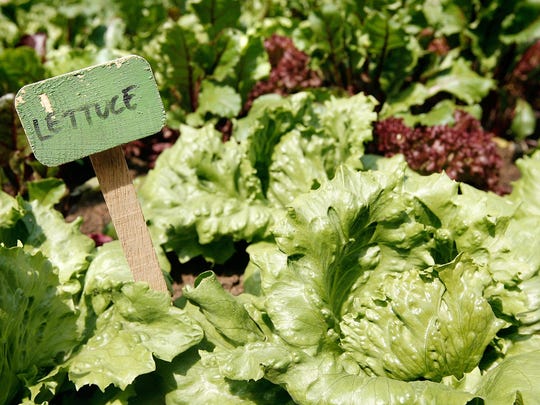During periods of uncertainty, time outside in a natural setting can provide a measure of calm.
Taking an actionable approach by growing your own vegetables may provide a small sense of control, even if the vegetables produced are a small supplement to your diet. Gardening is a low-tech (hey, no-tech!) activity you can do with your kids or grandkids.
If you’ve always wanted to grow your own vegetables and feel that now is the time to start but don’t know how to begin, here are some basic tips:
Where to plant?
Most vegetables require 6 to 8 hours a day of direct sun, so a plot with a southern or southwestern exposure is perfect. Avoid low areas that tend to drain poorly. As a beginner, keep your plot to 100 square feet or less. That size will take you roughly an hour to prepare, an hour to plant and a half hour each week to weed, water and harvest.
Don’t be discouraged if you don’t have the perfect location — almost nobody does. Consider using several small areas to take advantage of fragmented sunny spots. Or interplant vegetables in your flower garden. Many vegetables grow well in containers on a sunny porch. (Container plants dry out faster than garden soil, so you have to be diligent about watering, and these will also require more fertilizer than vegetables grown in the ground.)
Soil prep
Soil in our area typically has sufficient nutrients to grow vegetables. Do not disturb the soil until it is dry enough to be worked. Wait until a handful of soil crumbles a bit after you if give it a gentle squeeze. There’s no reason to haul in topsoil, but do remove any weeds where you plan to grow your crops.
It’s a good idea to check the soil pH and correct this if needed (pH is the relative acidity or alkalinity that determines nutrient availability.) It’s also a good idea to mix in organic matter such as compost. And you’ll want to fertilize occasionally, especially if the vegetables you plant are heavy feeders, such as tomatoes. Consult seed packages and Cornell Cooperative Extension for information on fertilizer requirements for specific vegetables.
Critter control
Your hard work will be for naught if you don’t varmint-proof your garden. Unless your vegetables are in containers on an inaccessible deck or patio, this means erecting a tall fence for deer, and one that extends out at least 12 inches horizontally from the base (a few inches under the soil surface) so rabbits and woodchucks don’t burrow. For accessible container gardens, consider covering plants with hardware cloth cages or supported plastic mesh so critters don’t have a feast on your porch.
What to grow?
Plant what you know your family will eat; if they tolerate only vegetable basics, don’t go wild with kale and bok choy. This first year of your garden, consider growing easy vegetables that typically taste better homegrown than store-bought, such as peas, snap beans and some salad greens. Good for small spaces: salad greens, beets, herbs, hot peppers, radishes, snap beans. Tomatoes may be more of a challenge. Start with small to medium-fruited varieties that have multiple disease-resistance. Know that broccoli, cabbage, corn, cucumber, melons and squash take up a lot of room and can get buggy.



